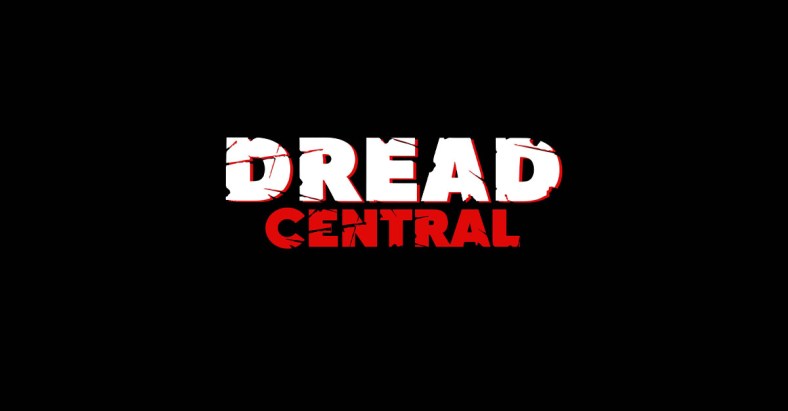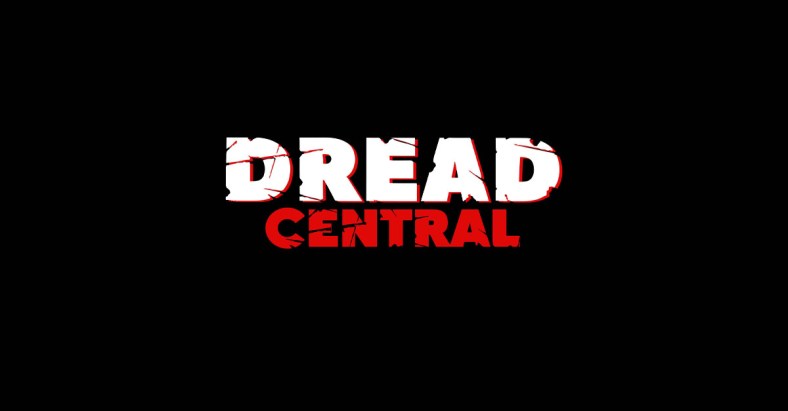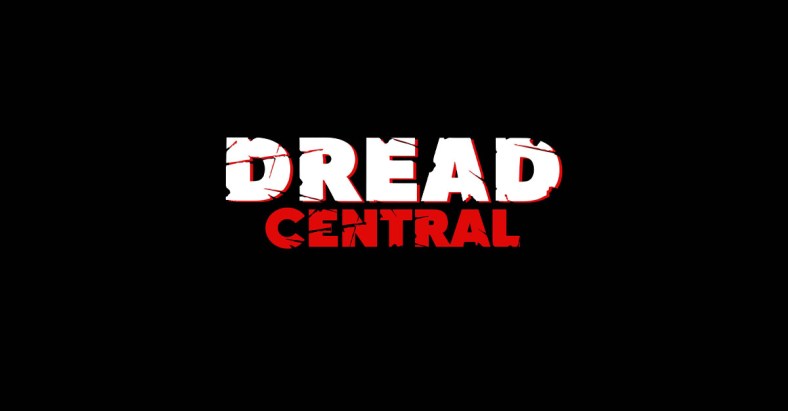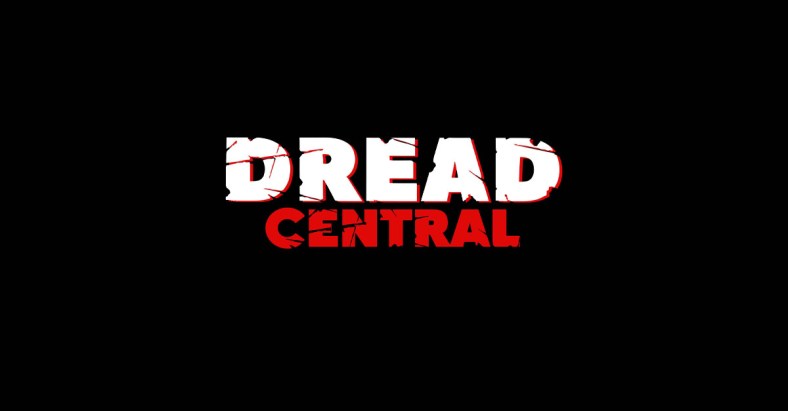FROSTPUNK Review – Apocalypse Done Depressing

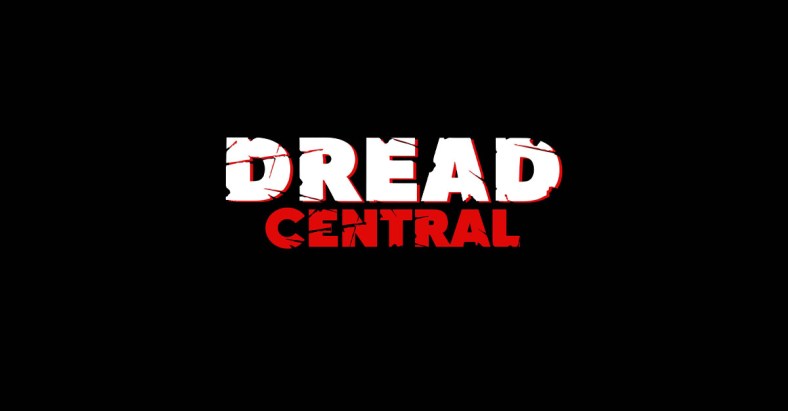 Developed and Published by 11 Bit Studios
Developed and Published by 11 Bit Studios
Available on PC through Steam
Rated M for Mature
When it comes to the nerd/gamer zeitgeist, the term “apocalypse” has been paired off more times than a square dancer with serious commitment issues. There’s the classic zombie apocalypse, the politically relevant solar apocalypse, the bondage fantasy nuclear apocalypse, the summer blockbuster geological apocalypse, and my personal favorite Magical Girl Apocalypse. You’d think it would get old, but the sheer variety of apocali (Apocalypses? Apocalypsi? Apoctopodes?) means that no matter how you’re jonesing to buck the societal construct and go all lone warrior in a savage land, there’s a flavor for you. So while we’ve seen the icey apocalypse before (The Colony, Snowpiercer, Ice Age 4: Continental Drift), there’s plenty of room for new takes on snow making our lives miserable. In the case of Frostpunk, that vision is long work hours, child labor, and just a touch of harvesting the recently dead for their organs.
I’ll start off by saying that Frostpunk is definitely intended for a very specific audience. This is one of those slow games for meganerds that I always get sucked into for weeks on end. I’m one of those guys that has a near fetishistic fascination with watching little numbers tick up on a screen. Watching the little specs shuffle about their daily lives all in service of maximizing my iron production tickles my fancy like the most scandalous of exotic feathers. So plowing into Forstpunk, I set aside a solid weekend to devote myself to it. By the end of the first day, I was done.
Mechanically, Frostpunk is a pretty meat and potatoes city management sim with some dark and depressing spices. Starting off with a ragtag group of survivors, you immediately set out to snatch up as many twigs and bits of metal as you can from nearby refuse piles. The immediate goal is to build enough tents for everyone to have a place to sleep and collect enough coal to keep your generator running. Once these basic needs are met, you’ll go about spending extra resources on researching new sources of wood, steel, food, coal, etc. Soon you’ll go from a few rundown shacks in the snow to a thriving industrial town complete with hospitals, kitchens, steel mills, and even a brothel.
Your people have needs beyond just keeping their faces stuffed with food, depicted by two meters that display the Discontent and Hope of your population. Discontent rises when you put your people through certain necessary hardships, like longer work hours or food rationing. Hope corresponds to more spiritual events, like the death of one of your survivors or their generalized feeling of security. Over the course of the game you’ll have the option to adopt new laws that can have major effects on your population’s mood, but ultimately these meters are just one more plate to spin in addition to keeping your stockpiles of resources brimming. If you’re doing everything else right, the mood should also be stable.
Now just as a city management game, Frostpunk is pretty basic. The steady ascent from homeless tribe of vagabonds to thriving metropolis is the core of any city building experience, and it’s a formula that works. It shoots little waves of joy into the pleasure centers of my brain when I have enough steel to construct the next level of coal mine, and I’d rather show people pictures of my perfectly plotted and symmetrical residential center than my own family. But the real joy in these types of games comes from building your own special unique utopia. I have fond memories of my labyrinthine all-traps dungeons in Dungeon Keeper 2, staffed exclusively by a horde of well-fed and chronically gambling Bile Demons. Once you grasp the fundamentals of “build chicken farm to get chickens,” every management game eventually becomes a challenge to see just how many chickens it takes to crash the game. Who hasn’t created a house in The Sims just to see how many ghosts they could cram into it? What would Civilization even be without trying to rush nukes on Gandhi?
Unfortunately, this is where Frostpunk stumbles. For all the uniqueness in setting, there really isn’t any replayability to it. Across the game’s three scenarios, every campaign follows an identical formula. Complete stopgap objectives to slowly build up your civilization to the point where it can overcome some landmark crisis. Usually, this means it gets really really cold for a few days. Hunker down, survive, and you win. Rinse, repeat. There aren’t really any endgame buildings to strive for that make the city building process feel like anything more than a slow crawl towards sustainability. You eventually get upgraded versions of all your resource gathering buildings, but a level 3 coal mine is nowhere near as exciting as an Ion Cannon Control Center.
Where Frostpunk does decide to insert the variety is in the “moral” choices. Moral choices come on two flavors, the first being semi-random critical moments that pop up that demand your decisions to resolve. For example, someone dies in the coal mine because you made them pull an emergency 24 hour shift. Oh no! Do you now let the weary workers rest, or do you force them to keep working for the greater good? These kinds of decisions add a lot of human flavor to the otherwise strictly mathematical gameplay. Unfortunately, a lot of these decisions were rather lopsided. Would I rather risk the life of some workers, or shut down my coal mines for the entire day when it’s -60°? Well, let me think, is a few workers a smaller number than all of the workers? It is, you say! Well by golly, I think I’ve found the answer!
This is a good segue into the second form of moral choices, the Book of Laws. As I mentioned earlier, you as governor of this town get to choose to adopt various rules everyone has to follow. The basic ones tend to be simple, yet necessary. Longer work hours, food rationing, care for the ill, etc. Some of these require you to pick between two, such as child labor vs. daycare. Once adopted, laws cannot be rescinded, so take a moment to think before you send all your orphans down into the coal mines.
Later on, you’ll eventually get the option to pick your society’s “purpose.” Picking between Order and Faith, these paths will increase your hope while decreasing your discontent in a variety of ways. These laws are almost all universally good at the beginning, with things like neighborhood watches and community soup kitchens keeping the people happy and safe. But you know what they say, today’s soup kitchens are tomorrow’s public flogging station. The further you go, the more you become a totalitarian dictatorship/theocratic inquisition. It’s pretty easy to tell when the switch has been flipped, as the transition from guard towers to propaganda centers isn’t quite as smooth as the game would like you to believe.
It’s a concept that I really like in theory. You start off by making hard, but understandable decisions, and as your moral fiber frays at the edge the very fabric of your character comes into question. How many steps is it from sawdust rations (because it is necessary) to public executions (because it makes your life way easier)? Unfortunately, the game is ultimately defeated by its own setting. While normally I’m against public floggings, keep in mind this is the actual winter apocalypse. It’s literally -40°, people are losing their arms in the coal mines, and if you die your useful bits will all be cut out before you’re thrown into the mass grave/public latrine. Why does a little bit of public flagellation actually matter? What’s more, why the hell are some propaganda pamphlets a huge no-no?
All your supposed “wrongdoings” are nailed home at the end by a cutscene recounting all the naughty things you did while wagging a finger and raising a smug eyebrow. I know it’s supposed to make me really think about the impact of my actions, but all it did was make me sigh so loud that my cat thought the vacuum cleaner had returned to torture him. Seriously Frostpunk, you’re shitting on me for building a prison? Like an actually useful thing we have in real life that you just disagree with for political reasons? What was I supposed to do, just let the bread thieves start a mafia?
In the end, Frostpunk’s attempt to moralize is as shallow as its gameplay. Once you manage to steel your heart enough that the plight of little animated pixels doesn’t bother you so much, it’s just a numbers game. And this numbers game is nothing to write home about. With very clear progression and no flashy endgame goals to strive for, there’s just not a lot to bring you back. The three maps all play different, but are similarly hampered by the core mechanical shallowness. It’s very pretty and I do appreciate how it tries to be unique, but it doesn’t do enough with it. Relying on hamfisted moralization, I never felt like I was making real human decisions. It’s definitely worth experiencing for the fantastic setting and unique graphics, but I can’t recommend it at full price. A bold attempt that comes up short is certainly better than a game that never even tried, but it still comes up short.
-
Game
Summary
Frostpunk is certainly a labor of love. From the visuals to the unique setting, the game has a lot of personality. Unfortunately, it all melts when you shine a bright enough light on it.
Categorized:Horror Gaming Reviews

